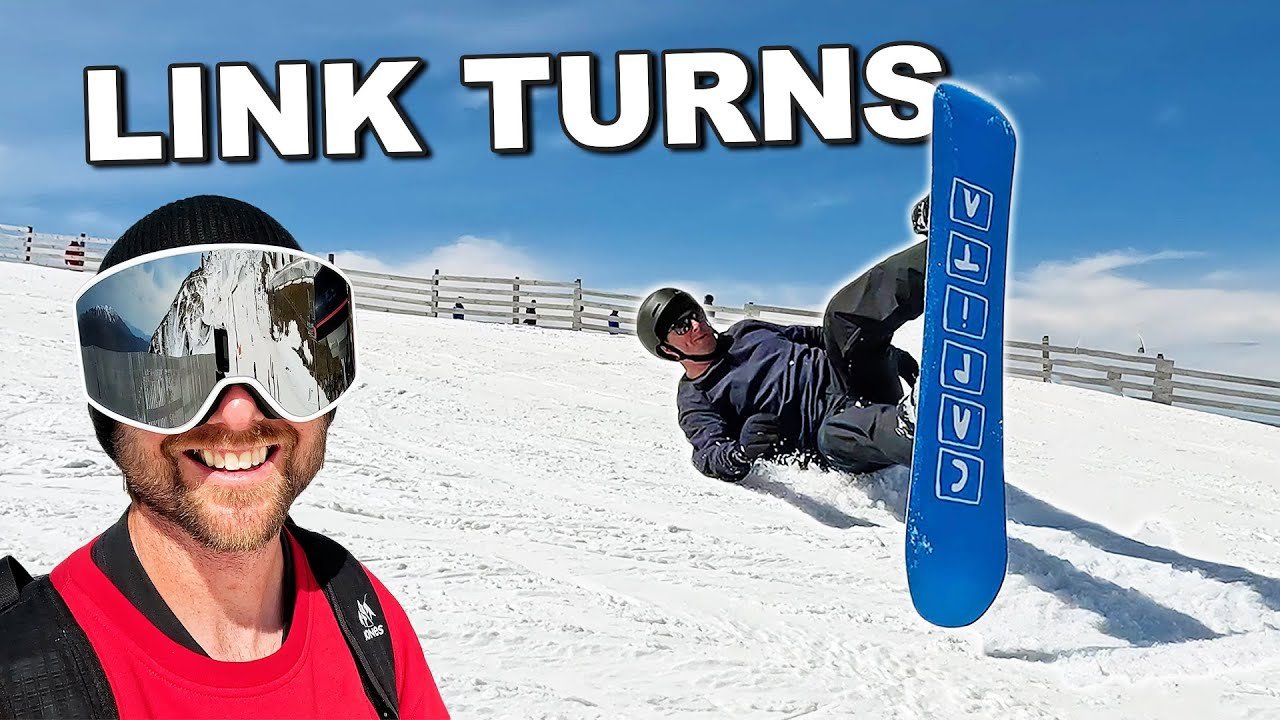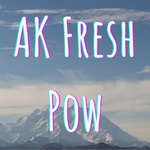
Teaching Beginner Snowboarder How To Link Turns
In this article, the focus is on a beginner snowboarder named Chris who is learning how to link turns. The article outlines Chris’s journey from starting with heel slides and toe slides to eventually linking multiple turns in a row. Chris also learns how to get off a chairlift and gains more confidence in his turns. The goal is for Chris to eventually carve and have complete control over the snowboard. Throughout the article, there are tips and advice for new snowboarders, emphasizing the importance of taking their time and adjusting to the conditions. The article is accompanied by a video by SnowboardProCamp.
Learning the Basics
Heel Slides
In the beginning, Chris starts with heel slides to gain momentum and get a feel for the snowboard. By sliding their heels from side to side, they can start to understand how shifting weight affects their movement. It may feel a bit tricky at first, but with practice, Chris will become more comfortable with this basic snowboarding technique.
Toe Slides
Once Chris has mastered the heel slides, they can move on to toe slides. This is where things may become a bit more challenging. Toe slides require shifting weight onto the toes and using them to slide across the snow. It may take some time and practice to find the right balance and control, but with determination, Chris will eventually get the hang of it.
Pointing and Making Turns
Pointing in the Desired Direction
One of the key skills in snowboarding is being able to point in the desired direction. By focusing their gaze and pointing their body and board towards where they want to go, Chris can effectively navigate the slopes. It’s important for Chris to remember that the direction they are looking is the direction they will go, so it’s crucial to be intentional with their focus.
Initiating Turns
After pointing in the desired direction, Chris needs to learn how to initiate turns. This is done by shifting weight and using the edges of the snowboard to carve into the snow. By pressuring their edge and leaning in the desired direction, Chris can start to make smooth and controlled turns. It may take some practice to find the right balance and technique, but with determination, they will be able to navigate the slopes with ease.
Mastering Toe Slides
Challenges with Toe Slides
Toe slides can be more challenging than heel slides, as they require more balance and control. It’s common for beginners to struggle with the technique at first, as it may feel uncomfortable and unstable. Chris may find it difficult to maintain control and stability while sliding on their toes, but with practice and perseverance, they will be able to overcome these challenges.
Overcoming Challenges
To overcome the challenges associated with toe slides, Chris can focus on building strength in their legs and core. By doing exercises that target these areas, such as squats and lunges, Chris can improve their balance and stability. Additionally, practicing toe slides consistently and gradually increasing the difficulty will help Chris build confidence and overcome any initial difficulties.
Practicing Linking Turns
Achieving Fluidity
Linking turns is the next step in Chris’s progression as a snowboarder. The goal is to smoothly transition from one turn to the next, creating a fluid and continuous movement down the mountain. This requires proper weight distribution, balance, and timing. By practicing linking turns on different terrain, Chris can improve their ability to maintain fluidity and control.

Improving Technique
To improve technique while linking turns, Chris can focus on several key aspects. Firstly, maintaining an athletic stance with knees slightly bent and weight evenly distributed will help with balance and control. Secondly, being mindful of timing and pressure distribution when initiating and completing each turn will result in smoother transitions. Finally, practicing on a variety of terrain, such as groomed runs and steeper slopes, will help Chris adapt to different conditions and improve their overall technique.
Getting off the Chairlift
Preparing for Chairlift Exit
Getting off the chairlift can be intimidating for new snowboarders like Chris. To prepare for the chairlift exit, it’s important to anticipate when to unbuckle the bindings and get the board ready. Chris can loosen their bindings, unknot any loose straps, and mentally prepare for a smooth transition from the chairlift to the snow.
Successfully Getting off
When it’s time to get off the chairlift, Chris should remember to stay calm and focused. By sliding their rear foot out of the binding, they can position themselves with both feet on the board. Chris can then use their front foot to push off the chairlift and transition smoothly onto the snow. It may take a few tries to get the hang of it, but with practice, Chris will be able to successfully get off the chairlift.
Building Confidence
Continual Practice
Building confidence in snowboarding takes time and consistent practice. Chris should make an effort to get on the slopes as often as possible to develop their skills and become more comfortable on the board. By setting aside regular practice sessions and working on specific techniques, Chris will gradually build their confidence and improve their overall ability.
Gaining Confidence
As Chris continues to practice and gain experience, their confidence will naturally increase. Confidence is built through a combination of successful attempts, overcoming challenges, and feeling more comfortable on the board. By celebrating small victories and seeking out opportunities for growth, Chris can boost their confidence and continue progressing as a snowboarder.
Progressing towards Carving
Understanding Carving
Carving is an advanced snowboarding technique that involves making precise, curved turns by engaging the edges of the snowboard. By angling the board and applying pressure to the edges, Chris can carve into the snow and create beautiful, controlled turns. Understanding the mechanics and principles of carving will help Chris achieve greater control and precision on the slopes.
Developing Control
To progress towards carving, Chris should focus on developing control over their snowboard. This involves mastering balance, weight distribution, and edge control. By practicing dynamic movements, such as flexing and extending the legs, Chris can initiate and maintain smooth, controlled turns. Additionally, experimenting with different turn shapes and sizes will enhance their ability to control and manipulate the snowboard.
Linking Multiple Turns
Successful Linking of Turns
Linking multiple turns is a milestone in a snowboarder’s progression. It involves smoothly transitioning from one turn to another, maintaining speed and flow throughout. Chris can work on linking turns by practicing on a variety of terrain and gradually increasing the number of consecutive turns they can make. By focusing on maintaining technique and fluidity, Chris will be able to successfully link multiple turns.
Advancing Speed
Once Chris feels comfortable linking turns, they can focus on advancing their speed. Increased speed requires greater control and stability, as well as the ability to anticipate and react to changing terrain. By gradually increasing their speed and practicing on different slopes, Chris can build confidence and gradually push their limits while maintaining control.
Trying One-Foot Snowboarding
Exploring One-Foot Techniques
Once Chris has mastered linking turns, they can try one-foot snowboarding. This advanced technique involves riding with only one foot strapped into the board. By unstrapping one foot and practicing riding and turning with just the other foot, Chris can challenge themselves and improve their overall balance and control. It may take time and practice to achieve stability while riding with one foot, but it is a great way to further develop their skills.
Building Balance
Achieving balance is key to successfully riding with one foot. Chris can work on building their balance through exercises and drills that target core strength and stability. Additionally, practicing riding with one foot in controlled environments, such as on flat terrain or beginner slopes, will help Chris build confidence and improve their ability to maintain balance while snowboarding.
Conclusion
Chris’s journey as a beginner snowboarder showcases the progression from learning the basics to mastering more advanced techniques. By starting with heel slides and toe slides, Chris gained the necessary foundation to point and make turns. Through practice and perseverance, they were able to overcome challenges and build confidence in linking turns. The next stages involved advancing technique, building control, and even trying more advanced techniques like riding with one foot. With continual practice and a focus on adjusting to the conditions, Chris will continue to grow as a snowboarder and embrace the joy of carving down the mountainside.
